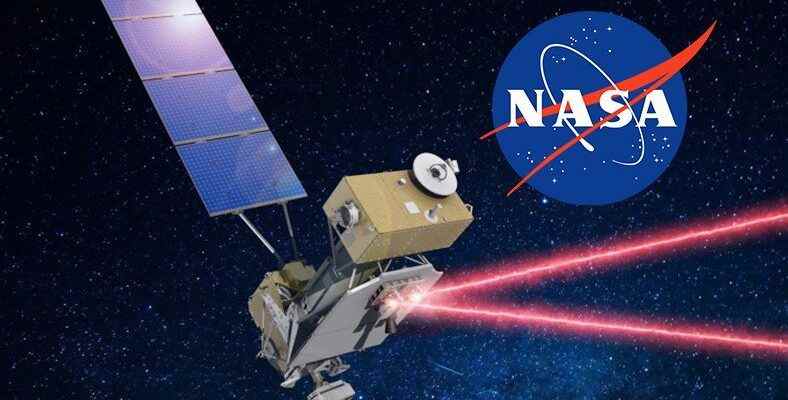As space missions continue to increase, scientists have a problem to overcome. Communication in space is still delayed, making future missions difficult. However, the new ‘laser communication’ technology that NASA will send into orbit will greatly alleviate this problem.
NASA introduced the new technology that it will use in space missions last year. Laser Communication Relay Indication (LCRD) The communication problem experienced in space missions will also be alleviated thanks to the new technology known as As the quality of image and sound recordings from spacecraft increased over time, communication with radio waves slowed down considerably. But this new technology could be a big step forward for researchers.
NASA’s laser communication technology called LCRD, on 5 December It will be launched into orbit by the US Space Force. at least two years LCRD, which will be tested throughout, will try to transmit as much data as possible to the center as soon as possible. It is planned that this technology will be used in missions to the Moon and Mars, if it yields positive results.
So, what’s the difference between laser communication?
As we mentioned above, data transmitted over existing radio frequencies can reach the receiver after a very long time. In the event of an emergency on space missions, the inability to communicate between the crew and the mission control center can be a major problem. An experiment also revealed that due to these disruptions in communication, task teams started to decide on their own after a while.
RELATED NEWS
NASA Uses Game Since Blue Origin: Commercial Space Station Will Be Installed in Earth Orbit
Communication with the laser, in the same time 100 times more capable of transmitting data. E.g; In a mission where the entire Mars was mapped, this data was sent to Earth by radio frequency. at 9 weeks on reaching in 9 days with laser technology can reach. The reason of this; infrared light (laser) from radio frequency ‘waves’ much more often to have. This allows more data to be compressed into these ‘frequent waves’. In addition, thousands of satellites in orbit also cause radio waves to become more intense and data transmission more difficult. If this new technology is developed further in the coming years, space communication may undergo a radical change.
